The Mystique of the Weimaraner: The Gray Ghost of the Canine World
The Weimaraner, often referred to as the “Gray Ghost,” is a breed that captivates with its striking appearance and dynamic personality. Known for their silver gray coat that seems to shimmer in the light, these dogs have a storied history and a distinct set of characteristics that make them a favorite among dog enthusiasts.
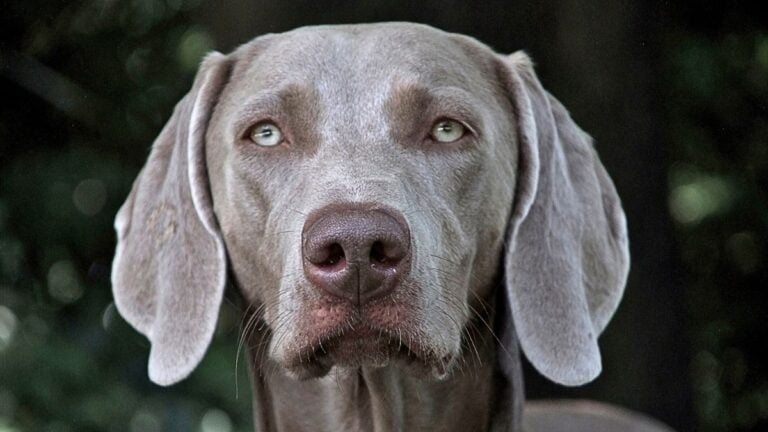
The Origin of the Gray Ghost
The nickname “Gray Ghost” comes from the Weimaraner’s sleek, silver gray coat and its stealthy, almost ghost-like hunting abilities. This breed, originally developed in Germany, was bred for hunting large game such as boar, deer, and bear. Their agility, intelligence, and keen sense of smell made them exceptional hunting dogs, able to navigate through forests with a ghostly grace.
The term “Gray Ghost” was popularized in the mid-20th century by American hunters and Weimaraner enthusiasts who were captivated by the breed’s unique combination of color and hunting prowess. The nickname highlights not only their coat color but also their ability to move silently and almost invisibly through their environment, which was a highly valued trait in a hunting dog.
Weimaraner Colors and Varieties
While the classic image of a Weimaraner is of a silver gray coat, the breed actually comes in several color variations. The standard Weimaraner colors recognized by kennel clubs include the familiar silver gray, as well as shades of mouse gray and silver gray. There are also blue Weimaraners, although this color is less common and not always recognized by all breed clubs. Blue Weimaraner dogs have a darker, slate-gray coat that is equally striking.
Additionally, the breed includes long haired Weimaraners, which feature a longer, silky coat that adds to their elegance. Though rare, these long haired variations are cherished by those who appreciate their unique beauty.
- Silver Gray: The most common and iconic color, silver gray Weimaraners are recognized and accepted by all major kennel clubs, including the American Kennel Club (AKC).
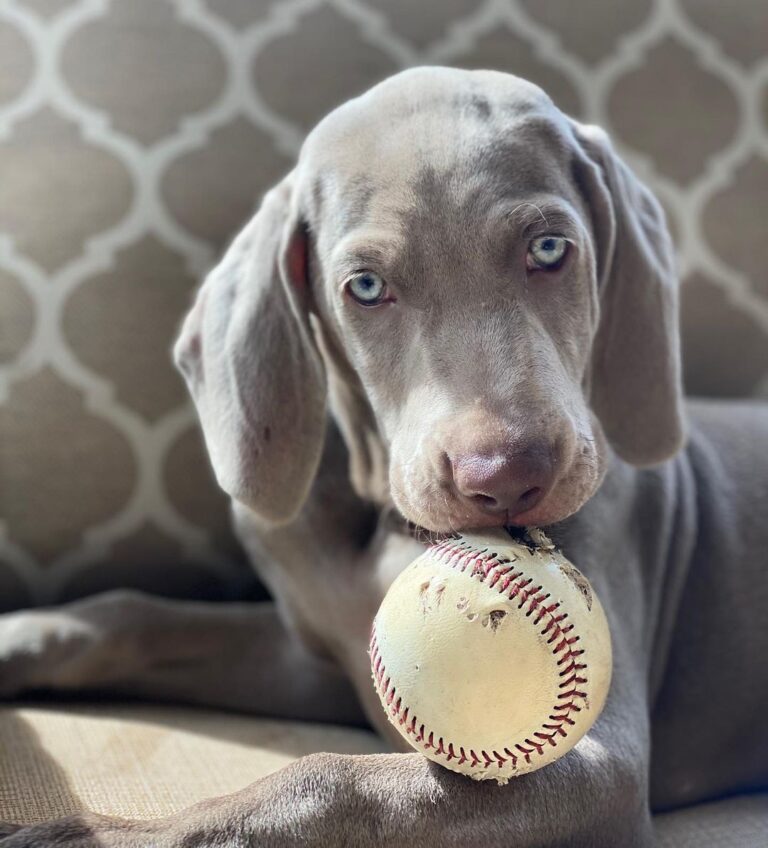
- Mouse Gray: Slightly darker than silver gray, this color is also AKC accepted and highly regarded among Weimaraner enthusiasts.
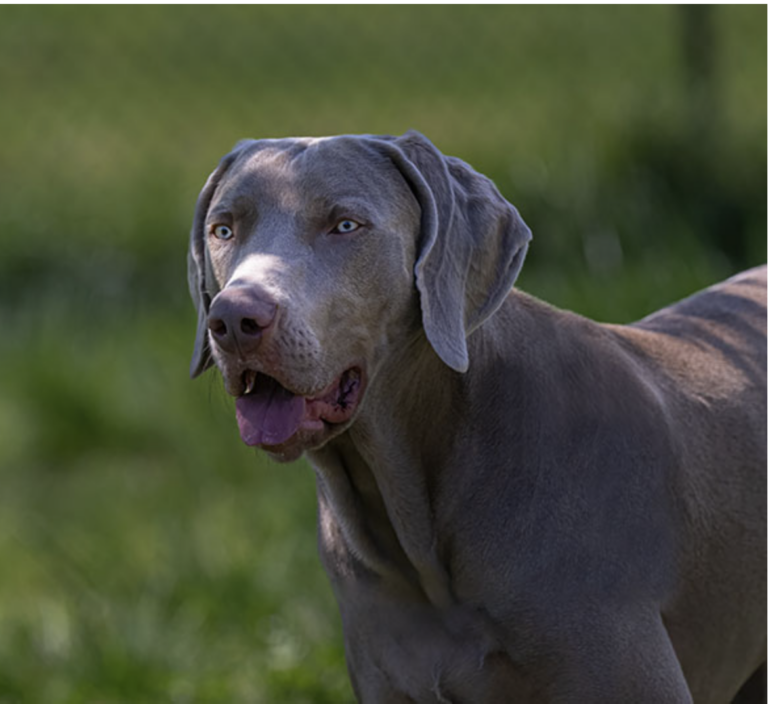
- Blue Weimaraner: Characterized by a slate-gray coat, blue Weimaraner dogs are less common and not recognized by all kennel clubs, including the AKC, but they are admired for their striking appearance.
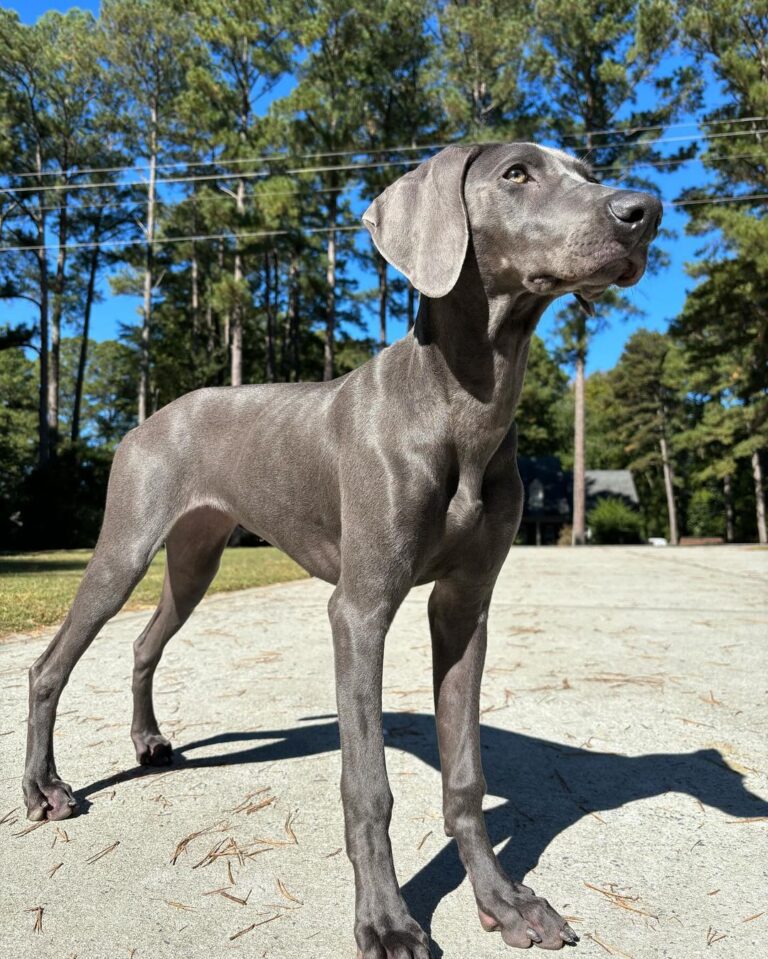
- Brown Weimaraner: Rare and not typically recognized by major kennel clubs, brown Weimaraners are a unique variation that can occasionally occur but are not sought after in standard breeding practices.
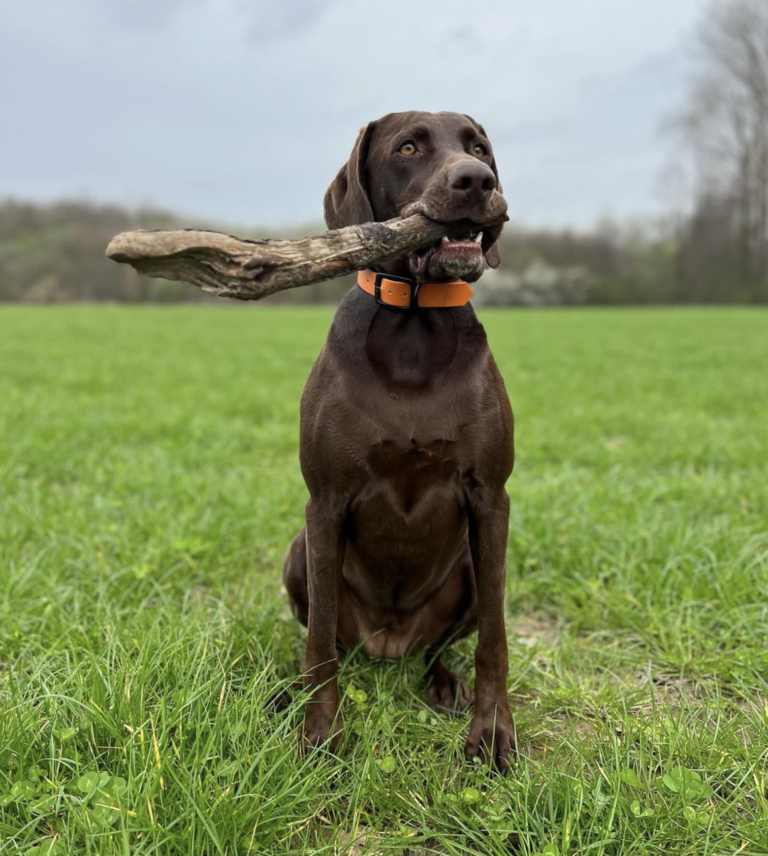
- Black Weimaraner: Extremely rare and not accepted by the AKC, black Weimaraners are a curiosity in the breed and are seldom seen in official breed standards.

- Long Haired Weimaraner: Though not a color variation, long haired Weimaraners feature a longer, silky coat that adds to their elegance and is accepted by some kennel clubs, though they are quite rare.
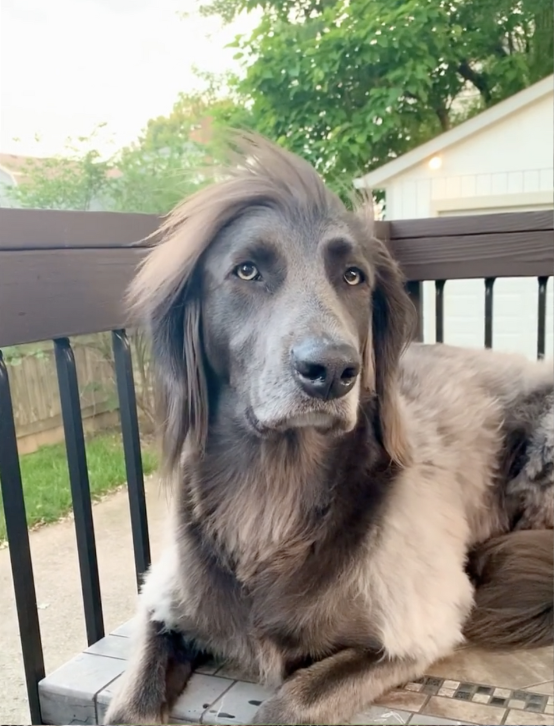
These color variations add to the Weimaraner’s allure, offering a range of beautiful coats that appeal to different preferences and tastes.
Distinguishing Features and Pronunciation

The pronunciation of Weimaraner (WY-muh-rah-ner) can be tricky for some, but it’s a name that has become synonymous with grace and athleticism. These dogs are medium to large-sized, with a regal posture and expressive eyes that often reflect their high intelligence and eager-to-please nature.
Weimaraner vs. Vizsla
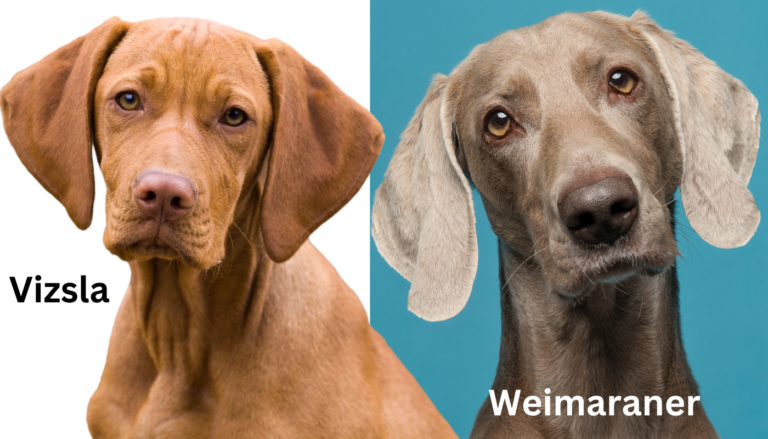
A common comparison is Vizsla vs. Weimaraner, as both breeds share similarities in their roles as hunting dogs and their need for extensive physical activity. However, while the Vizsla is known for its reddish-brown coat, the Weimaraner stands out with its distinctive gray shades, from silver gray to blue Weimaraner dogs and even the rarer black Weimaraner.
Temperament and Care
Weimaraners are highly intelligent and energetic dogs that thrive on mental and physical stimulation. They require significant physical activity to keep them happy and healthy, making them suitable for active families or individuals who enjoy outdoor activities. Their energy levels are high, and they excel in various canine sports and activities.
Early socialization is crucial for Weimaraners to ensure they grow up to be well-rounded dogs. They are known for being highly trainable, thanks to their eager-to-please attitude. However, they can also be quite independent, so consistent training is necessary.
Health and Well-being
The overall health of the Weimaraner is generally robust, but like all breeds, they can be prone to certain health issues. Common concerns include hip dysplasia, bloat, and certain eye conditions. Regular check-ups and a balanced diet are essential to maintaining their health.
Breed clubs and kennel clubs offer valuable resources for prospective owners, including information on breed standards, health screening, and responsible breeding practices. The Weimaraner breed standard emphasizes their elegant, streamlined physique, and their expressive, intelligent eyes.
The Weimaraner, with its silver grey coat and graceful demeanor, truly lives up to its moniker of the Gray Ghost. Whether you’re drawn to the classic silver gray Weimaraner, the striking blue Weimaraner, or the elegant long haired Weimaraner, this breed offers a unique blend of beauty, intelligence, and energy. For those ready to match their high energy levels and provide the mental and physical stimulation they need, Weimaraners can be loyal and loving companions, embodying the spirit of both a devoted pet and a noble hunting dog.



